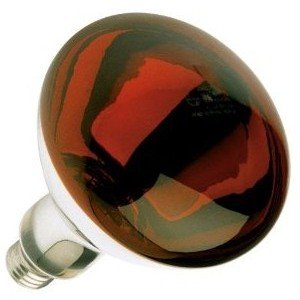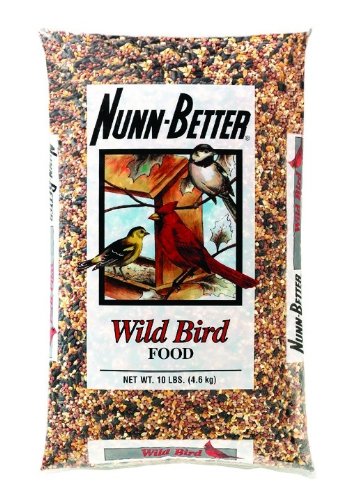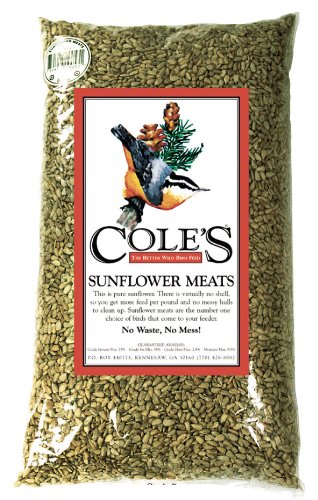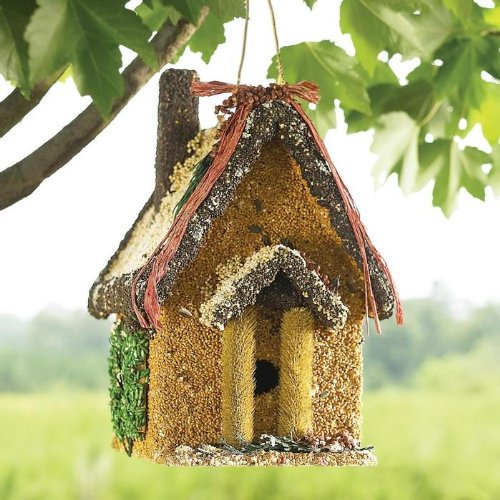Lorikeets are an incredibly colorful variety of parrot. Their stunning plumage has led to names such as Yellow-streaked, Olive-headed, Black-winged, Plum-faced, Purple-crowned, and Rainbow. If you are considering purchasing a Lorikeet as a family pet you will certainly have added a stunningly beautiful companion. But before you make your final decision take a look at what to expect from your pet Lorikeet, and what it will expect from you.
Personality--The Lorikeet is very active and is full of antics both in the wild and in captivity. Their pointed tail and tapered wings gives them the gift of flexibility and easy flight. Those with blunt tails are often referred to as Lories. They are easily tamed, and will provide entertainment for hours often behaving more like a cat than a bird. Don\'t panic if you find your bird lying on its back with its feet poking straight up. They often sleep in this unnerving (for you) position.
Implications of Size--A small Lorikeet is relatively quiet and does not have the talking ability of the larger lorikeet. It is more suited for those who live where low noise is a requirement. The larger lorikeet is quite noisy and talkative, and can imitate household appliances such as the dishwasher, microwave, and even a flushing toilet. Larger Lorikeets require an owner who is willing to do regular obedience training to maintain a safe and proper relationship between bird and family.
Cages--Large and uncluttered are best to allow for proper exercise and movement. The minimum cage size for a single Lorikeet should be 3\' high X 3 1/2\' wide X 24\" deep. Check for a powder coat paint finish that is lead free, and a cage that is free of brass, lead and other metals that are highly toxic.
Dietary Requirements--Originally from the tropics, Lorikeets dined on nectar and fruit and were known as honeyeaters. This exotic diet must continue in your home. Commercial or home-made honey should be given daily, and honey should be removed from the cage before it spoils (more likely to occur during warm weather) or it will kill your bird. Fruits should consist of grapes, apples, pineapple, cantaloupe, pomegranates, papaya, figs, kiwi, and a variety of vegetables. Avocado, new potatoes, chocolate, or any substance with caffeine or alcohol should be avoided as they are toxic to birds. Lorikeets should also have their diet balanced by making flowers such as marigold, pansies, roses, hibiscus and dandelions available daily. Using organic fruits and flowers will insure that they are free of pesticides.
Maintenance--Lorikeets require a bit more maintenance than most birds because their diet causes them to have a fairly runny stool which they can, and often do, eject out of the cage and onto walls floors and other nearby furniture. Viruses can then very easily attach to these droppings and go airborne to cause illness in your bird and sometimes family. To avoid the spread of disease, replenish fresh water as needed, clean the cage and the surrounding floor daily, and use an air purifier to eliminate airborne pollutants that can cause the spread of disease and infection.

 How to Hatch Abandoned Poultry Eggs
Abandoned EggsAn emergency method of hatching them
How to Hatch Abandoned Poultry Eggs
Abandoned EggsAn emergency method of hatching them
 Choosing What Type of Chicken Coop You Require
It all depends on your requirements and the nu
Choosing What Type of Chicken Coop You Require
It all depends on your requirements and the nu
 Mourning Doves Are Hunted Now?
Credit: audreyjm529 on flickr / Licensed unde
Mourning Doves Are Hunted Now?
Credit: audreyjm529 on flickr / Licensed unde
 How to Attract European Goldfinches in the Garden
Goldfinches are a real delig
How to Attract European Goldfinches in the Garden
Goldfinches are a real delig
 How to Make Edible Bird Houses That Double as Homemade Bird Feeders
If you love the idea of crea
How to Make Edible Bird Houses That Double as Homemade Bird Feeders
If you love the idea of crea